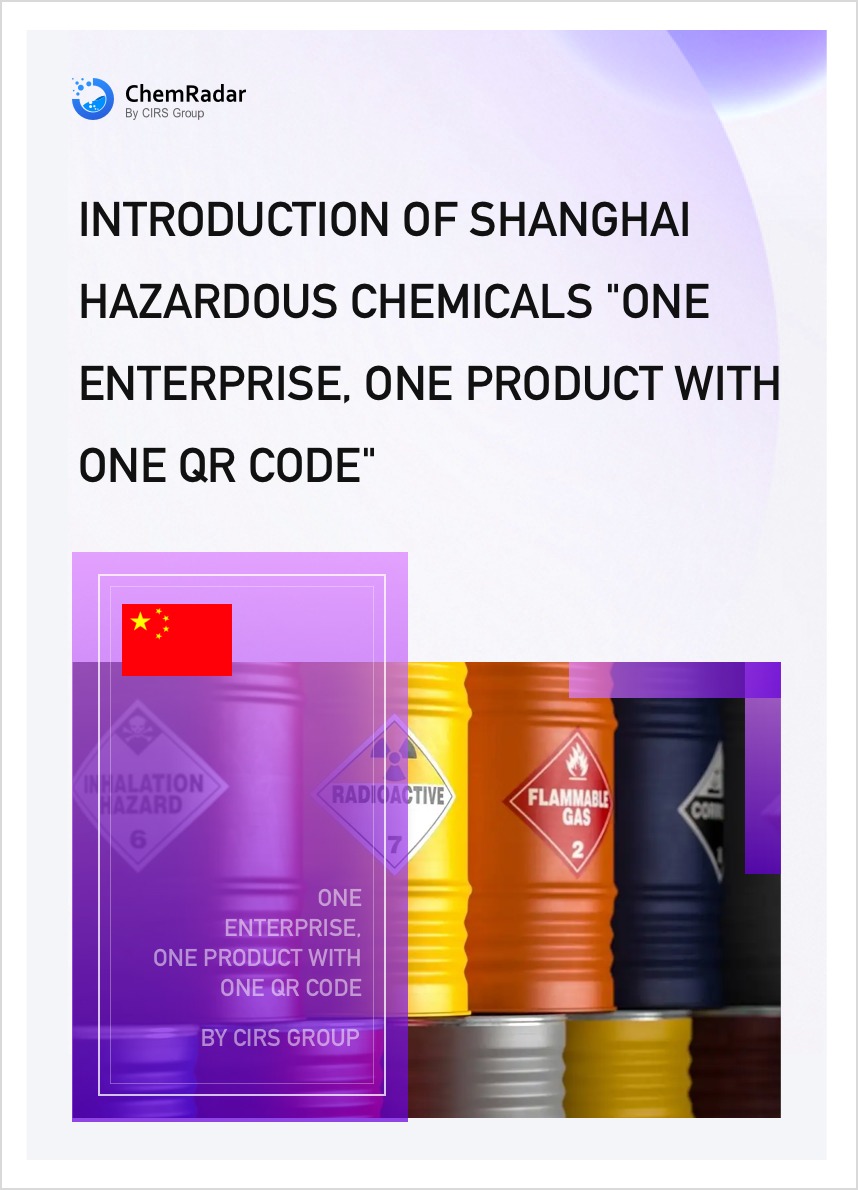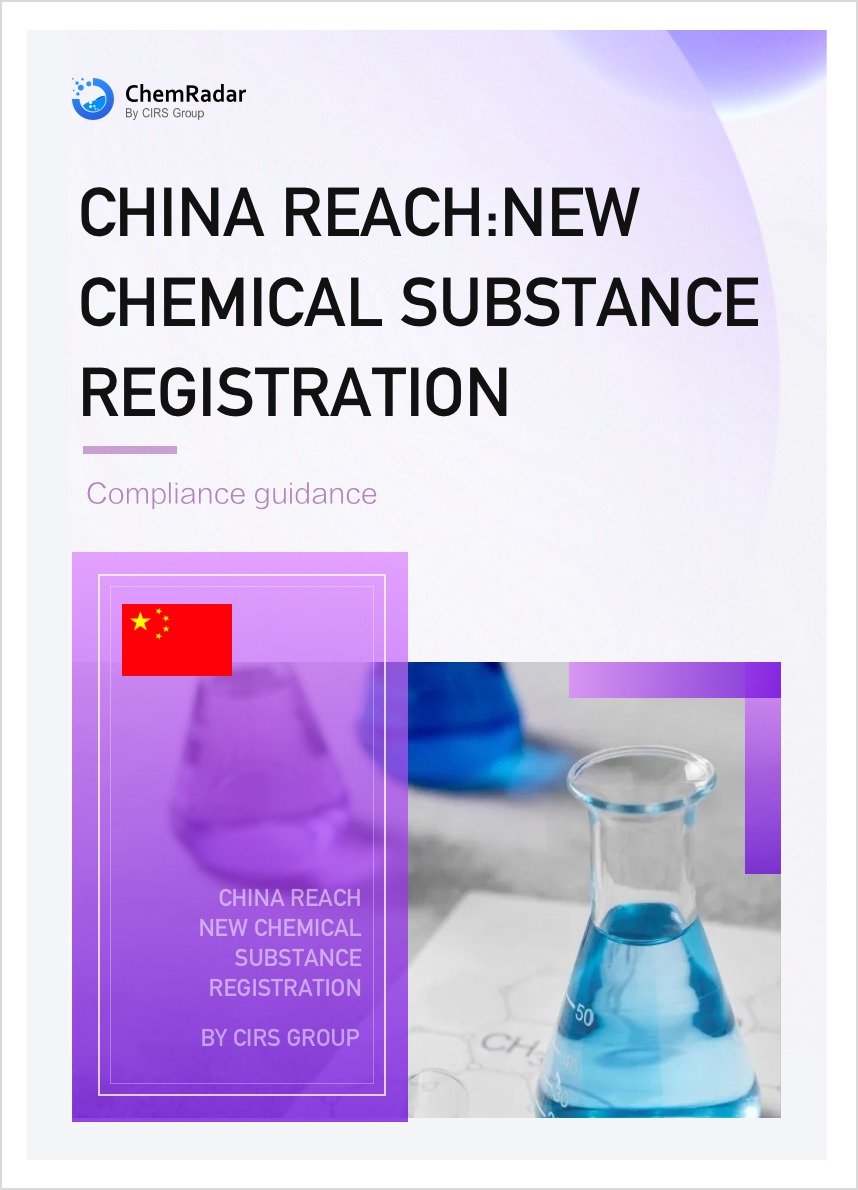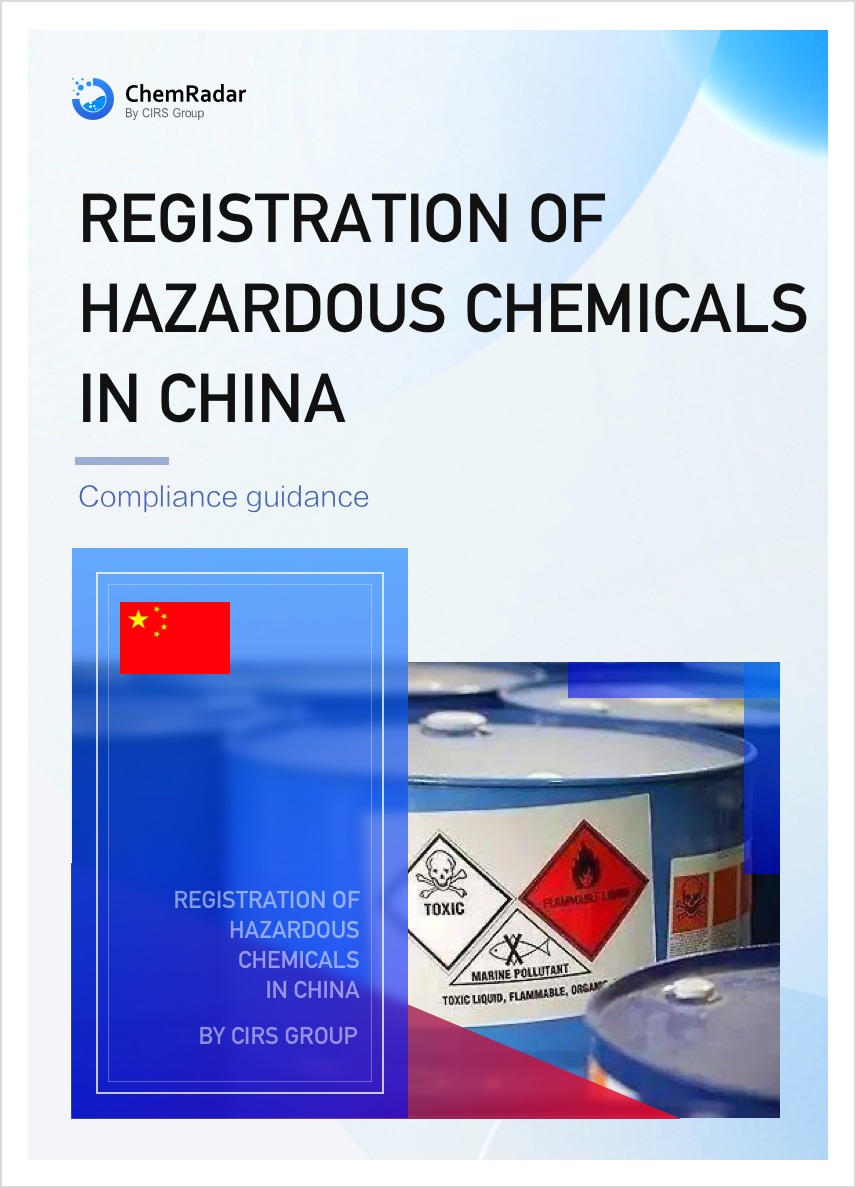On April 9, 2025, the Ministry of Ecology and Environment, National Development and Reform Commission, Ministry of Industry and Information Technology, Ministry of Commerce, and General Administration of Customs jointly issued a notice on the National Implementation Plan for China’s Compliance with the Montreal Protocol on Substances that Deplete the Ozone Layer (2025–2030). The key details are as follows:
To provincial, autonomous regional, and municipal governments, Xinjiang Production and Construction Corps, and relevant departments including the Ministry of Foreign Affairs, Ministry of Public Security, Ministry of Finance, Ministry of Human Resources and Social Security, Ministry of Transport, Ministry of Agriculture and Rural Affairs, Ministry of Emergency Management, People’s Bank of China, State Administration for Market Regulation, China Meteorological Administration, National Fire and Rescue Administration, and National Medical Products Administration:
The National Implementation Plan for China’s Compliance with the Montreal Protocol on Substances that Deplete the Ozone Layer (2025–2030) has been approved by the State Council and is hereby forwarded to you for earnest implementation.
Ministry of Ecology and Environment
National Development and Reform Commission
Ministry of Industry and Information Technology
Ministry of Commerce
General Administration of Customs
April 9, 2025
Scope of Regulation
The plan specifies nine categories of chemicals listed in the China Controlled Ozone-Depleting Substances (ODS) Inventory, including chlorofluorocarbons (CFCs), halons, carbon tetrachloride (CTC), methyl chloroform, hydrobromofluorocarbons, bromochloromethane, methyl bromide, hydrochlorofluorocarbons (HCFCs), and hydrofluorocarbons (HFCs). The first eight are ozone-depleting substances (ODS), while HFCs, though non-ozone-depleting, are potent greenhouse gases with high global warming potential (GWP).
Core Goals: Phase-Out and Reduction
The plan mandates a complete ban on the production and use of seven categories of ODS (CFCs, halons, CTC, methyl chloroform, hydrobromofluorocarbons, bromochloromethane, and methyl bromide) for controlled applications, except for exempted or feedstock uses. Meanwhile, HCFCs and HFCs will undergo phased reductions:
HCFCs: By 2025, production and use for controlled applications will be reduced by 67.5% and 73.2%, respectively, from baseline levels (29,100 tons and 18,900 tons). By 2030, a 97.5% reduction from the baseline will be achieved, with 2.5% retained for refrigeration and air conditioning maintenance.
HFCs: By 2029, production and use for controlled applications will be reduced by 10% from baseline levels (1.853 billion tons and 905 million tons of CO2 equivalent).
Eight Key Measures for Full-Cycle Management
The plan outlines eight priority tasks covering production, use, recycling, and international cooperation:
- Source Control: Implement quota licensing for controlled-use production, strengthen environmental impact assessments for feedstock production projects, and prohibit direct emissions of by-product substances without quotas.
- Usage Management: Fully phase out HCFCs in all industries by January 1, 2030 (except for refrigeration maintenance needs). Reduce HFC use by at least 10% from baseline by January 1, 2029.
- End-of-Life Management: Enhance recycling, regeneration, and destruction systems, improve maintenance standards for refrigeration and fire suppression systems, and boost recovery efficiency.
- Import-Export Regulation: Strengthen quota approvals and customs oversight to mitigate trade risks.
- Institutional Development: Promote green alternatives, energy efficiency upgrades, and refine policy frameworks for compliance.
- Enforcement and Monitoring: Enhance monitoring, early warning, and scientific decision-making support.
- Standardization: Improve environmental-economic policies and technical standards.
- Global Cooperation: Deepen multilateral engagement and public awareness campaigns.
Multi-Stakeholder Implementation
The plan requires provincial governments, ministries, and agencies to coordinate responsibilities and advance green, low-carbon transitions. The Ministry of Ecology and Environment emphasized that this initiative is not only critical for fulfilling China’s international environmental commitments but also serves as a pillar for achieving its "dual carbon" goals (carbon peaking and neutrality), contributing to global ozone layer recovery and climate governance.
This plan marks a new phase in China’s efforts to protect the ozone layer and regulate greenhouse gases, offering a Chinese solution to global environmental governance.
Further Information





